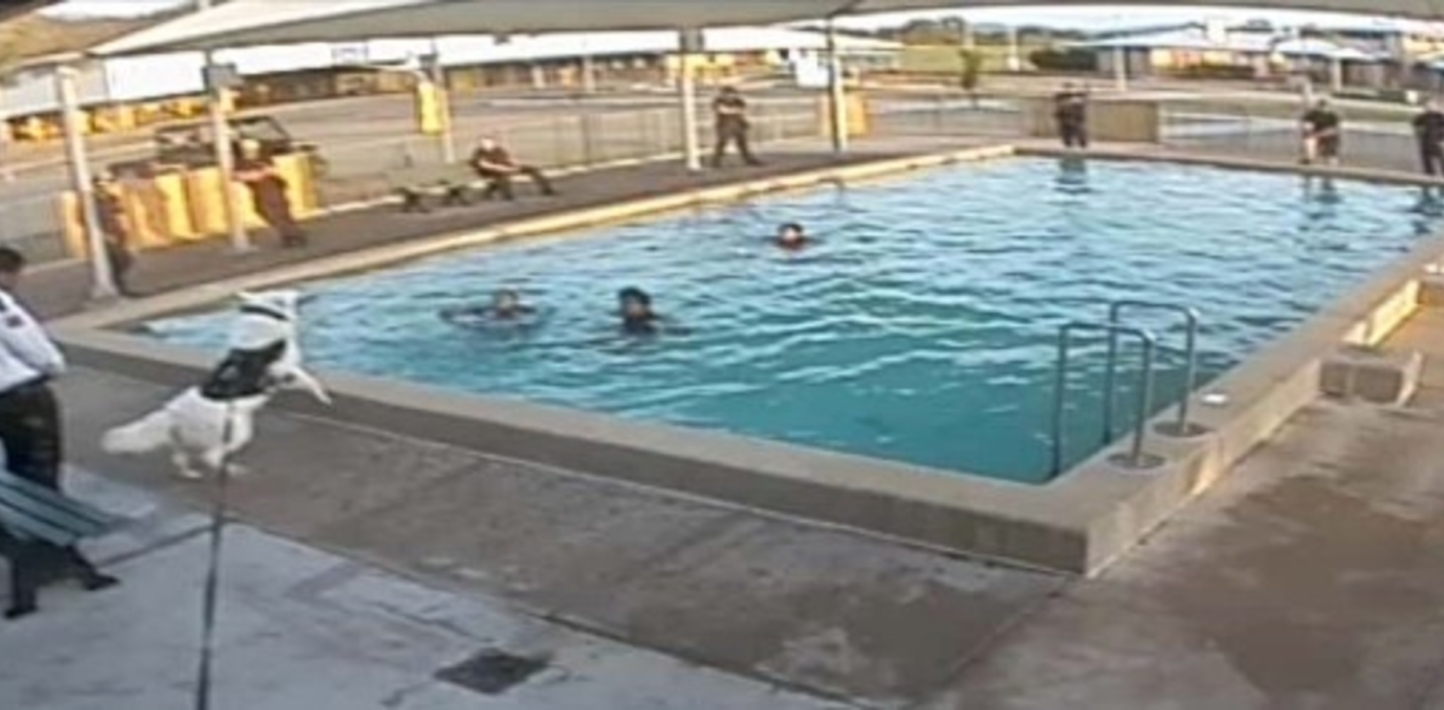Australia must establish independent bodies to investigate child abuse in its detention facilities across the country, Amnesty International said today after it obtained more than 1,000 pages of government documents revealing abuses in two more centres.
The documents — obtained by Amnesty International through a Freedom of Information request – showed a number of serious incidents, including where staff at the centres in the state of Queensland put child detainees in solitary confinement, deployed a security dog where a child was threatening suicide, caused bone fractures as a result of restraint and control techniques, and conducted partial strip searches using humiliating methods.
“These official documents shine a light in the darkest corners of these detention centres, and reveal incidents, and in some case policies, which may constitute cruel, inhuman or degrading treatment or punishment, in violation of Australia’s obligations under international law,” said Champa Patel, Amnesty International’s Senior Research Adviser for South East Asia and the Pacific.
These official documents shine a light in the darkest corners of these detention centres, and reveal incidents, and in some case policies, which may constitute cruel, inhuman or degrading treatment or punishment, in violation of Australia’s obligations under international law.
Champa Patel, Amnesty International’s Senior Research Adviser for South East Asia and the Pacific
The documents – which Amnesty International Australia obtained through a Freedom of Information request – describe incidents at the Cleveland Youth Detention Centre (CYDC) in Townsville, and the Brisbane Youth Detention Centre (BYDC) from 2010 to 2015. Indigenous Australians make up a majority of those held in the centres – accounting for 89% of children in the CYDC on an average day in 2015.
In one incident at the CYDC in January 2013, a 17-year-old boy identified as being at high suicide risk was restrained by a group of staff members, who held him down on the floor, and put him in handcuffs and leg cuffs when he refused to return to his room.
They then took the boy to a tiny isolation cell where they cut his clothing and underwear off with a knife. He was left naked in the cell for more than an hour before being given a gown to wear.
The snapshot of the Queensland centres comes after the Australian Broadcasting Corporation exposed the mistreatment of six boys held in isolation at a detention centre in the Northern Territory city of Darwin.
The boys there were teargassed and violently attacked at the Don Dale Detention Centre, including then-13-year-old Dylan Voller who was stripped naked and struck by guards. Harrowing images from years later in 2015 showed him at age 17 strapped to a restraint chair and hooded for hours, allegedly for being at risk of suicide.
A Royal Commission into child protection and youth detention in the Northern Territory over the past decade was established after the case was brought to light.
“Australia must put an end to these cruel, inhuman and degrading practices and stop sweeping these awful human rights violations under the rug. We have now seen hard evidence of these abuses happening in several states – it is clear what has been happening and this must be addressed urgently,” said Champa Patel.
Australia must put an end to these cruel, inhuman and degrading practices and stop sweeping these awful human rights violations under the rug. We have now seen hard evidence of these abuses happening in several states – it is clear what has been happening and this must be addressed urgently.
Champa Patel
Amnesty International calls on Australia to ensure any staff suspected of being involved in abuse should be suspended until independent investigations are completed. The Federal Government must also ensure independent oversight mechanisms are established in every State and Territory by immediately ratifying the Optional Protocol to the UN Convention against Torture.
Other incidents outlined in the documents include:
- Use of dogs. In 2014, a child on a roof threatened to self-harm or hang himself. A security guard and his dog were deployed to the scene, which was found to increase the young person’s anxiety. In August 2015, a guard allowed an un-muzzled dog to approach an Indigenous girl in an “aggressive manner” while she was attempting to get out of a pool. Amnesty International is pleased to note that this practice of using dogs has been subsequently discontinued as we have documented the use of dogs to instil fear into prisoners as a torture method used around the world.
- Solitary confinement. In March 2012 eight Indigenous children were held in isolation for 10 days in “near-continuous cell confinement” (approximately 22 hours a day). For the first two days of isolation, they were not allowed to leave their rooms at all.
- Frequent attempts at self-harm or suicide, particularly at CYDC. According to the documents, 2015 saw 31 incidents of children in CYDC attempting suicide by “tying ligatures around their necks”. This number rose from 20 instances at CYDC in 2014.
- Unnecessary or excessive use of force. For example, in 2010 at CYDC there were four incidents when children suffered fractured wrists as a result of control and restraint techniques.
- Partially clothed searches, during which children were asked to squat, with young girls asked to lift their breasts and young boys to lift their genitals prior to squatting – despite practices of squatting and lifting being prohibited in adult prisons.


